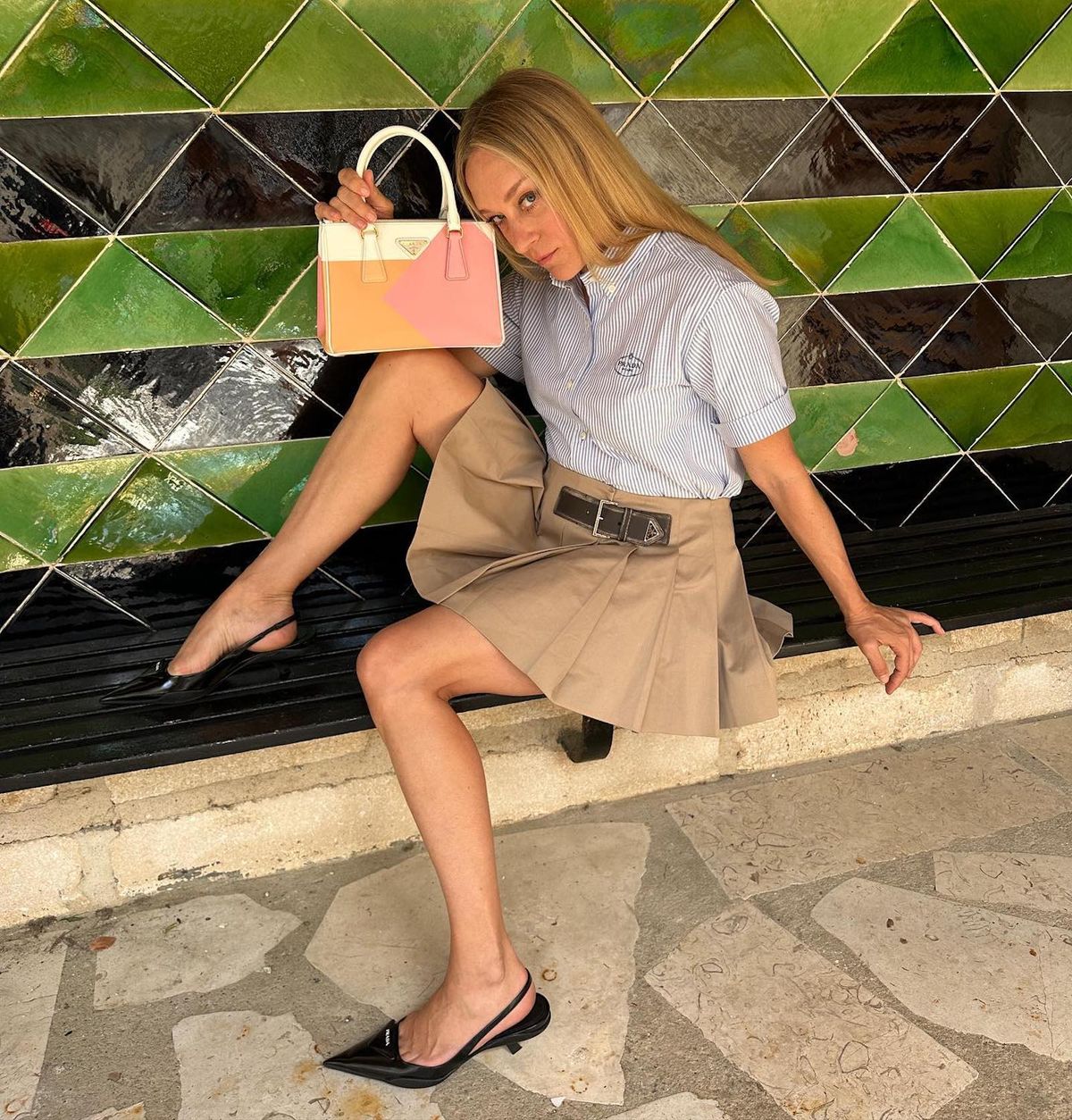Alice Rohrwacher on ‘La Chimera,’ Her Enchanting, Earthy New Film
Yet this spare plot description does little to capture the effect of this lovely film, which lingers long after the final, heartbreaking scene. Less a plot-driven work than one to surrender to, it’s sure to draw more converts to the devoted order of Rohrwacher.
From her home base in the remote Italian countryside, Rohrwacher—rosy-cheeked, with strawberry hair tangled in a knot atop her head—spoke to Vogue through a translator about the similarities between archaeology and filmmaking, why she suspects Federico Fellini had grave-robber friends, and the old man (and the “melancholia,” per her mellifluous pronunciation) she divined inside of rising star O’Connor.
Vogue: How does one come up with a film like this? I know you drew from your personal experience growing up in Etruria, an area full of ancient tombs and artifacts that were dug up with frequency in the ’80s and ’90s, and that you wrote this during COVID lockdown, with death heavy on your mind.
Alice Rohrwacher: Movies always come from afar—they often have a long incubation stage within us and then bloom whenever they feel like it. I’ve collected these stories over a long period. But I’ve always been passionate about archeology. I was a classics major at university, and I’ve always had a fascination with archeologists’ work. Making a movie is quite similar to what an archeologist does because they manage to see a story in places where others only see a bunch of stones. They succeed in recomposing a story, piecing it together from tiny abandoned pieces they find.
You worked with three kinds of film formats: 35mm, Super 16mm, and 16mm. What was the idea behind bringing these textures together?
We wanted to show the fingerprints of those who made this movie to some extent, similar to the emotion one can feel when they retrieve an antique vase and see the fingerprint of the vase maker from two thousand years ago. This human presence was very important. Cinematographer Hélène Louvart and I weren’t sure which film would be best because, at various moments, it had to convey contemplation, showcase the landscape, and also work as a kind of adventure movie.
The three film formats were also a way for this movie about history and archeology to tell the history of cinema as a material item. Young people don’t have many opportunities to see all these formats, as some have gone by the wayside. So we decided to keep them all, from the more amateur-filmmaking stock to a more narrative kind and a more pictorial one.
Source link



